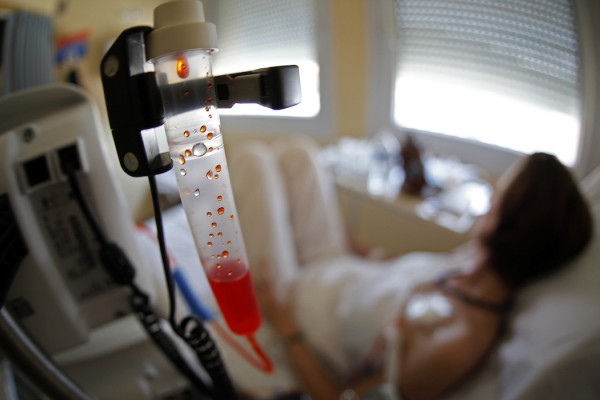What's the current role of liver biopsy in children? Position paper in Journal of Pediatric Gastroenterology and Nutrition

While noninvasive alternatives are increasingly available, liver biopsy still provides essential information in some children with liver disease, according to a new position paper in the Journal of Pediatric Gastroenterology and Nutrition, official journal of the European Society for Paediatric Gastroenterology, Hepatology and Nutrition (ESPGHAN) and the North American Society for Pediatric Gastroenterology, Hepatology and Nutrition. The journal is published by Lippincott Williams & Wilkins, a part ofWolters Kluwer Health.
The position paper was authored by the ESPGHAN Hepatology Committee. "Despite increasing knowledge and experience in non-invasive assessment of the liver, liver biopsy remains the gold standard for diagnosis of acute and chronic liver disease," comments Committee member Dr Piotr Socha of The Children's Memorial Health Institute, Warsaw.
Liver Biopsy in Children--Evolving Indications, But Still Essential
In recent years, new tests and diagnostic procedures for liver disease have "begun to compete seriously" with long-established techniques of liver biopsy, according to the Committee's report. Yet in several situations, liver biopsy still provides critical information that cannot be obtained in any other way. "The ESPGHAN Hepatology Committee has worked on new criteria to clarify indications and optimize diagnostic yield and safety of the procedure in a 'child-friendly' and appropriate environment," says Dr Socha.
The new position paper identifies specific situations where biopsy is--and is not--required for diagnosis of pediatric liver disease. Biopsy continues to play an important role in follow-up after liver transplantation. Various alternative techniques for liver biopsy are discussed, along with the recognition and management of complications.
The position paper also outlines a recommended protocol and checklist for performing pediatric liver biopsy, highlighting appropriate steps to ensure patient safety and comfort. Special populations and situations in which liver biopsy should not be performed or poses certain hazards are reviewed--for example, in patients with certain bleeding disorders.
The position paper concludes with a look at the likely role of liver biopsy in the future. With advances in diagnostic testing and technology, noninvasive techniques can now provide information on liver fibrosis and steatosis (scarring and fatty tissue in the liver) comparable to that provided by biopsy.
"However, in monitoring activity of disease and assessing results of treatment, the study of liver tissue will continue to be irreplaceable in the foreseeable future," Dr Socha and the Committee write.
Nov 14, 2014 05:50 PM EST




